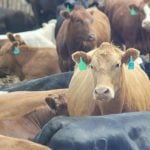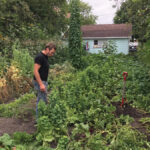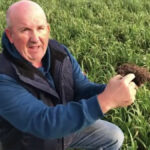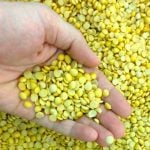
Tag Archives cover crops

Dairy farmers well positioned for regenerative ag, producers say
BALANCES | Increased grazing has seen decreases in butterfat but overall increases in cows’ health, reduced input costs

Cover crop survey reveals risks and benefits
Producers like the potential but say short season, lack of moisture key concerns

Long-term Ontario studies showing value of cover crops
Boosting organic matter in soils proved to boost profit margins and reduce yield variation year to year
Cover crop becomes double crop on Manitoba farm
Marg Rempel says they purposely set the combine to throw a bit over and seed the land as they harvested

U.S. farm co-op CHS to pay members to enrol in Bayer carbon farming program

Manitoba seed company brings regenerative ag to garden scale
ReWild Garden Seed’s Spring Fling Cover Crop blend is designed to boost soil health and water infiltration in home gardens

Watershed program looks for takers on cover crops
Producers in western and west-central Manitoba may be able to tap funds to plant cover crops this year

Rye most often-grown cover crop
A new extension publication addresses questions about rye as a cover crop

This farmer sees cover crop benefits
It’s not just about the environment; it’s also about the bottom line

Survey looks for those who’ve grown cover crops – or haven’t
The University of Manitoba study looks to quantify cover crop production across the Prairies


